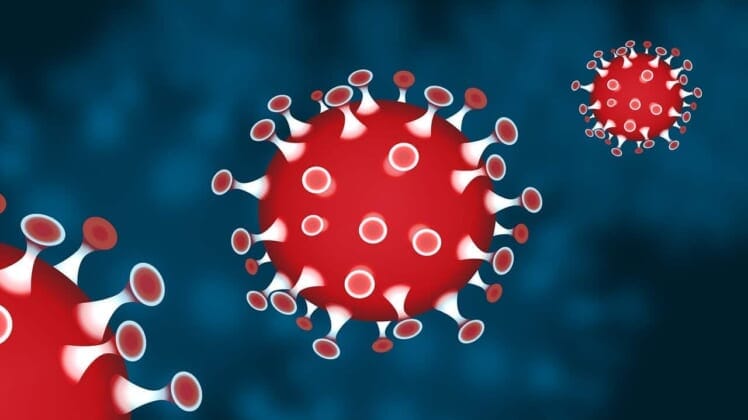
With the World Health Organization (WHO) officially declaring the novel coronavirus a global pandemic, many Americans are searching for more information about how to keep their families safe and healthy.
Here’s what we know.
How it spreads
According to the Centers for Disease Control and Prevention (CDC), COVID-19 is mostly spread from person-to-person contact — usually about within 6 feet of each other. The other mode of transmission is through the droplets that are expelled when an infected person coughs or sneezes. However, according to a preliminary study reported by LiveScience, the virus may be able to live in the air for up to 3 hours, or on surfaces for up to 3 days. The study has not yet been peer reviewed, and more information is needed.
People are thought to be most contagious when they are symptomatic, but health officials have put the incubation period of the virus at anywhere from 2 to 14 days. There have been reports of people spreading the virus before showing any symptoms.
What are the symptoms?
Symptoms of COVID-19 range from mild to severe, but according to the CDC, the most common ones include fever, cough and shortness of breath.
One of the reasons COVID-19 may go unchecked and continue to spread, according to health officials, is because of the broad spectrum of symptoms patients may experience that may mimic other common viral infections common during colder months. Those symptoms — while initial data shows are not as common with the novel coronavirus — can include fatigue, nasal congestion, sore throat, chills, body aches, joint pain and upset stomach.
Is It a Cold or the Flu
What to do if you are sick
If you do become sick, whether you have known contact with a COVID-19 patient or not, is stay home. Avoid public places and transportation to the best of your ability. If you suspect you have COVID-19, and your symptoms seem manageable with over-the-counter medications at home, call your doctor or your local health department and avoid going to emergency rooms, urgent cares or doctors offices.
However the CDC recommends seeking immediate medical attention if you experience difficulty breathing, shortness of breath, confusion, chest pain/pressure or bluish lips/face.
You should also isolate yourself to the best of your ability, from other family members, friends and even pets. Wear a mask, if you have access to one.
If you believe you have been exposed to someone who has tested positive for COVID-19, health officials suggest you self quarantine for 14 days.
Best Foods to Eat When Sick
How to protect yourself
The best way to prevent illness is to avoid being exposed to it in the first place. In the US, and other countries battling the spread of COVID-19, that means taking part in community mitigation strategies like social distancing.
If you are over 60 years old, immunocompromised or have underlying health conditions like asthma, heart disease or diabetes, your social distancing strategy should be more conservative and may include having someone in a lower risk group help with buying and delivering groceries and medications you need to stay put in your home for a while. Experts suggest being prepared with food and other necessities for 2 weeks to a month.
For the rest of the population, social distancing strategies include working from home if possible, not taking public transportation and avoiding public places as much as possible.
And finally, stay calm and be smart. Wash your hands often and well with soap and water, and avoid touching your face. Use hand sanitizer with at least 60 percent alcohol content, rubbing your hands together on both sides until they are dry.
